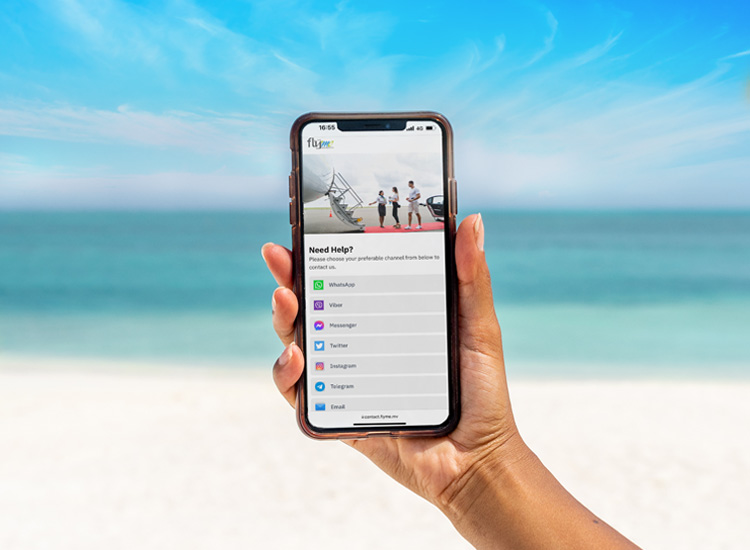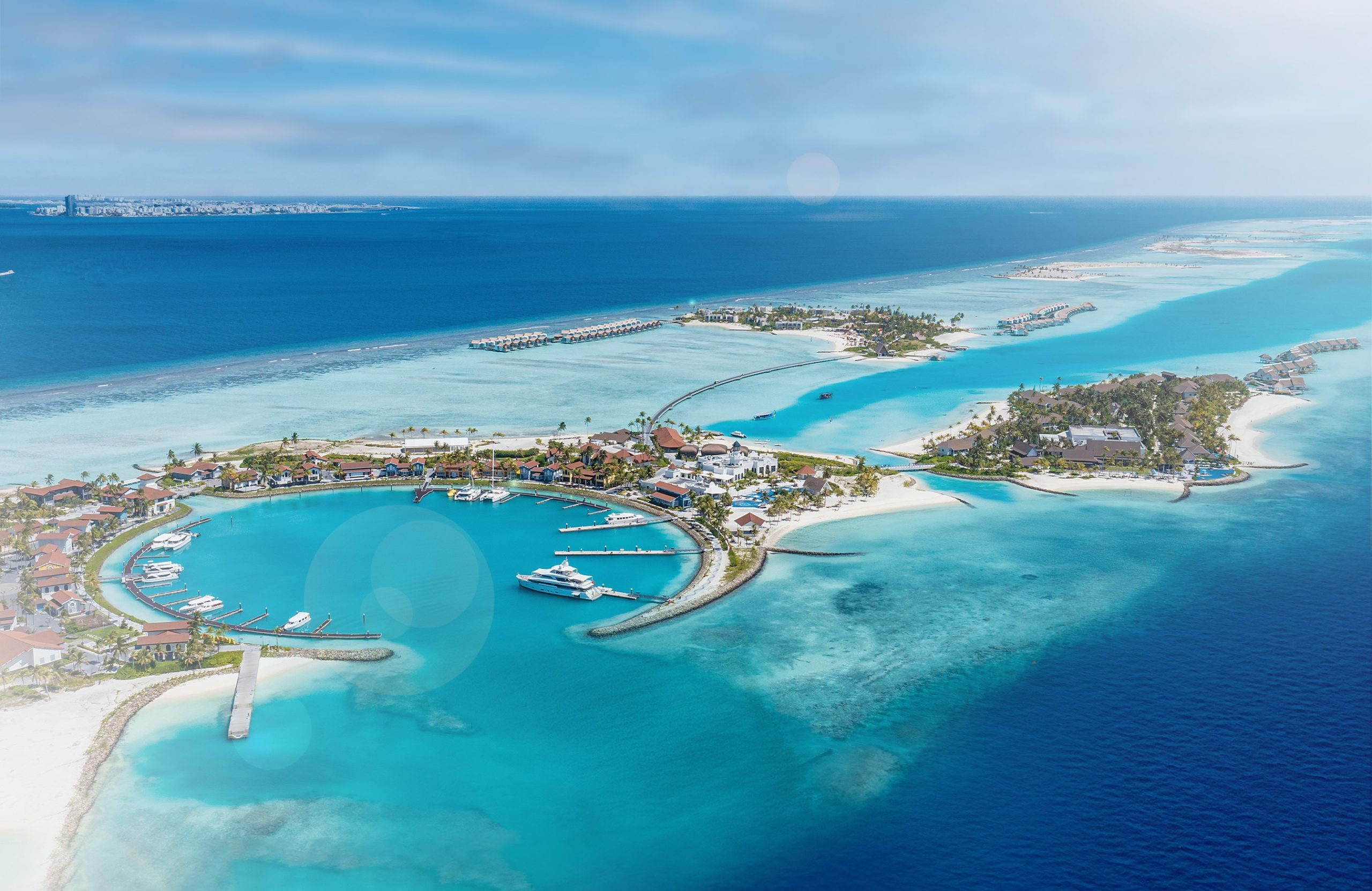Villa Air has launched Omnichannel messaging to create a seamless guest service across all channels and enhance the guest experience. This platform, which is now available for Villa Air guests, uses techniques that allow guests to reach and contact the airline through multiple popular social media channels.
The use of ‘instant messaging’ to get a real-time response is a feature that can help to ease guest communication flow in today’s fast-paced world. Omnichannel communications platforms enhance the overall experience of the guests through a built-in messaging service, which leads to invaluable interactions between guests and staff, and helps to ensure the shaping of positive Villa Air guest experiences.
Mohamed Rishan, Manager of Strategic Planning and Corporate Communications
One can now access Villa Air on WhatsApp, Viber, Messenger, Instagram, Telegram, Twitter, and Email (sales@flyme.mv). The airline will add WeChat and LINE to this growing channel list once China’s international border opens. Our guests can visit: https://contact.flyme.mv/ to access popular social media channels and features. In addition, following the revamping of the website, features such as live chat, SMS, and Google Business Message, will be available for our guests to swiftly communicate from around the world.
Flyme currently boasts a fleet of four ATR aircraft consisting of one 72 seat ATR 72-600, two 68 seat ATR 72-500, and one 48 seat ATR 42-500. In addition to that, the airline uses its ATR 72-600 aircraft to serve the route between the Maldives and Sri Lanka as well.
Villa Air is a part of the Villa Group – which also manages the Villa Maamigili airport. The Villa Group also manages five resorts in the Maldives under Villa Hotels. The resorts include; Paradise Island Resort & Spa, Sun Island Resort & Spa, Holiday Island Resort & Spa, Royal Island Resort, and Fun Island Resort.







